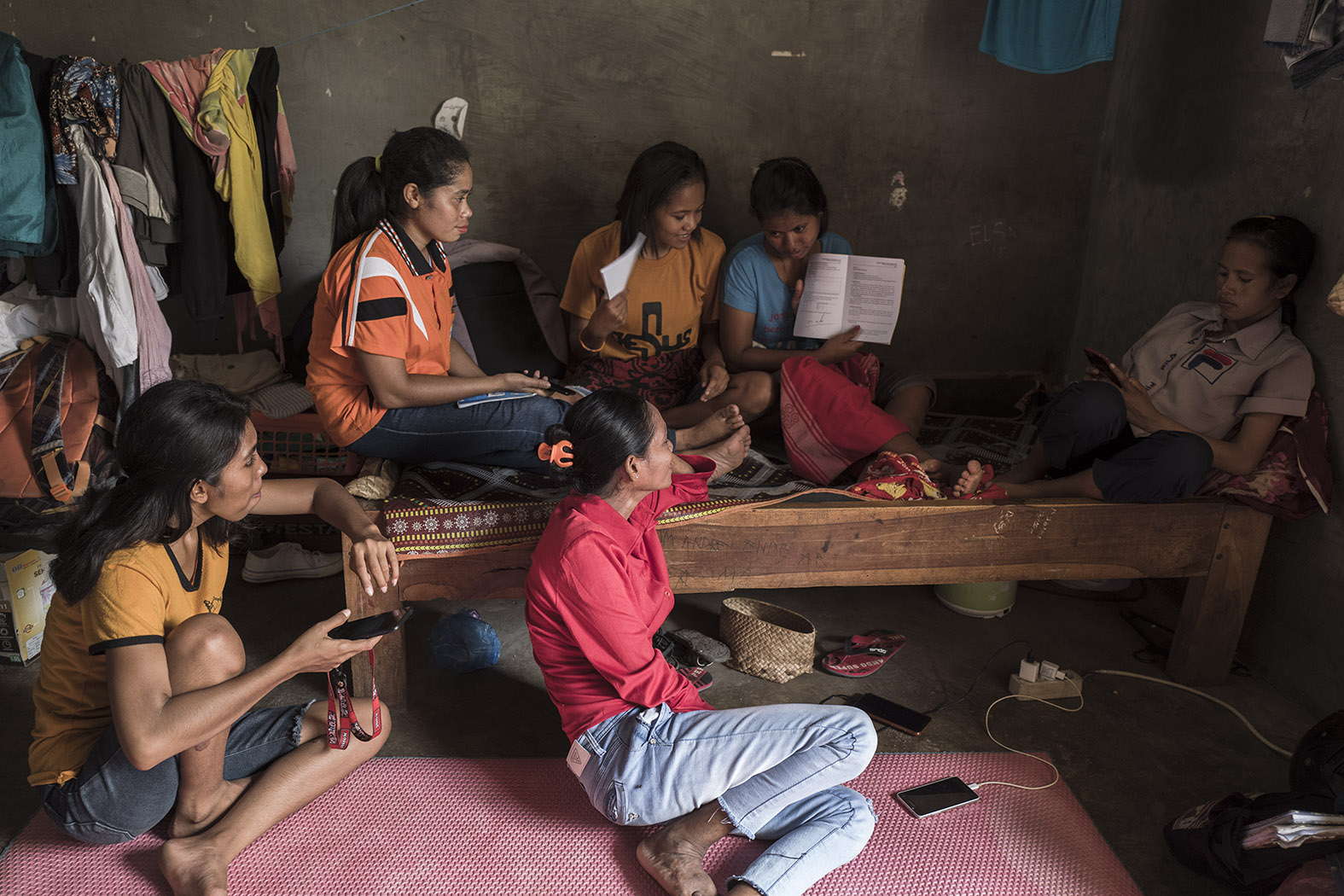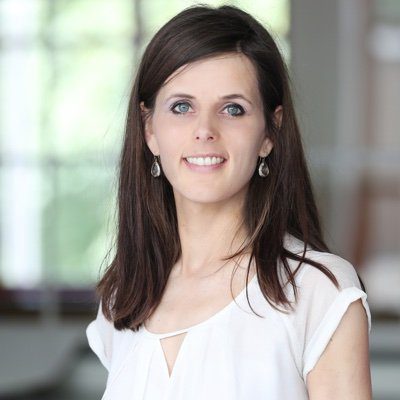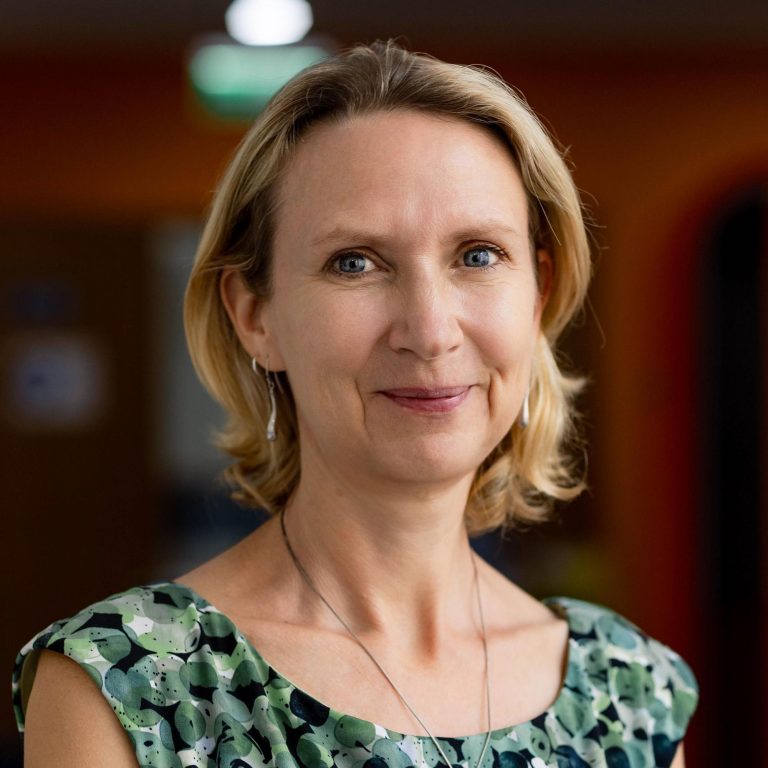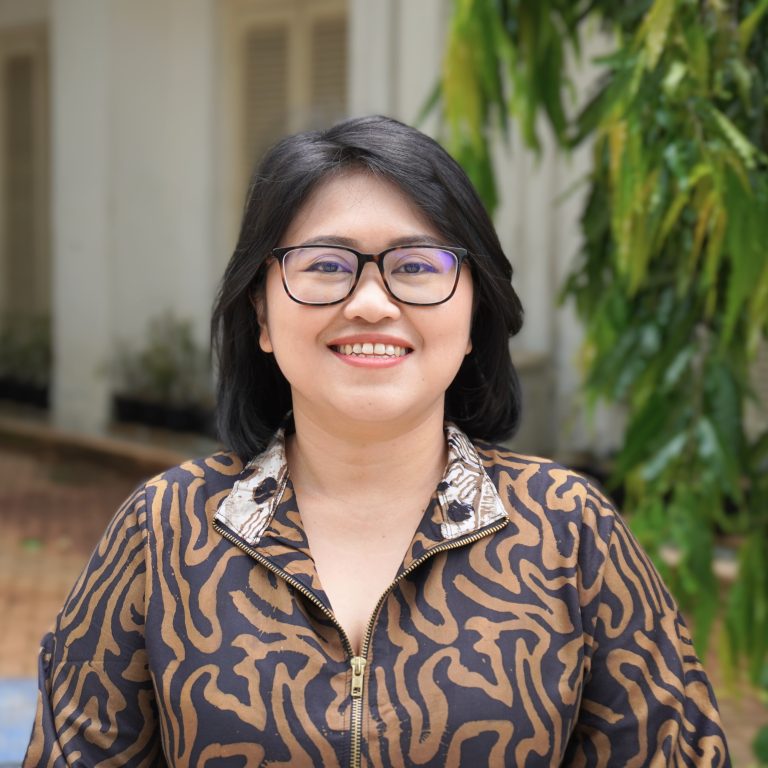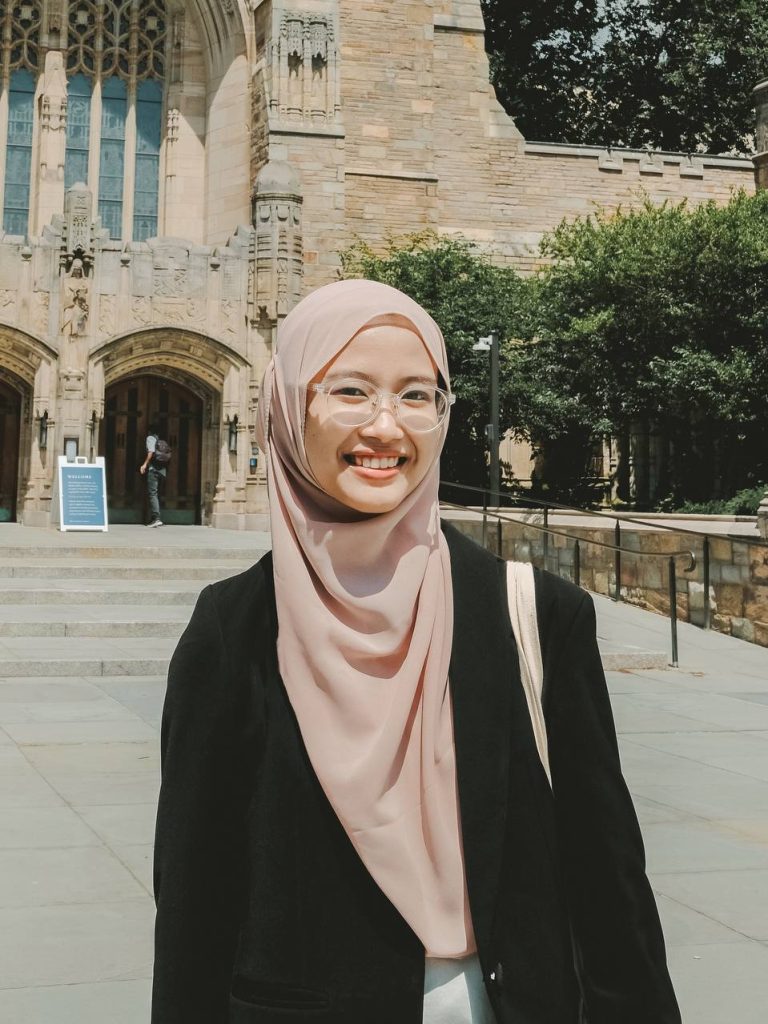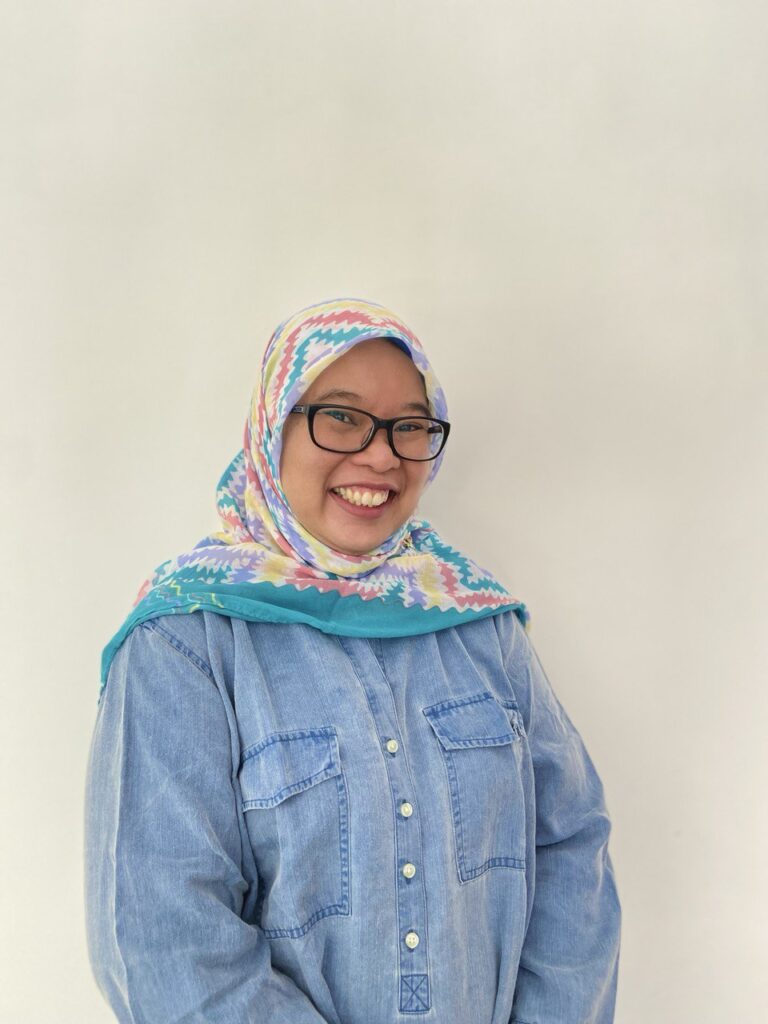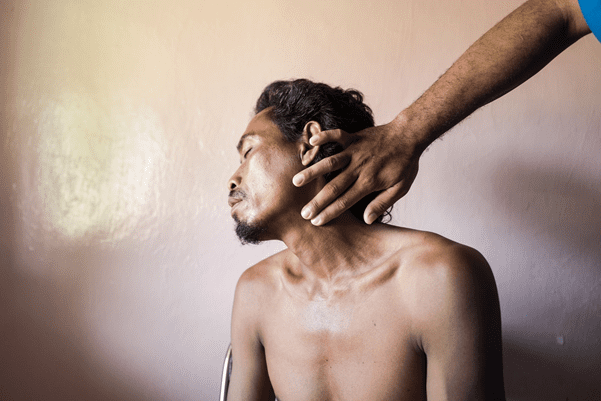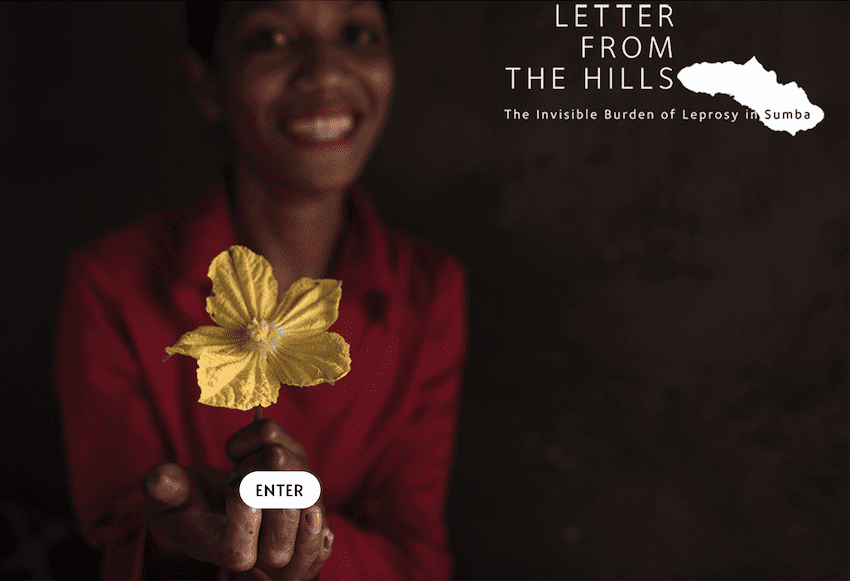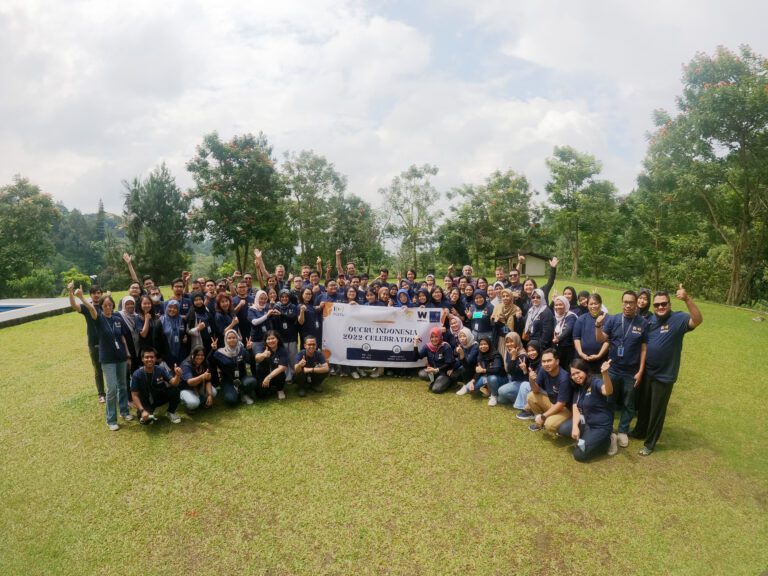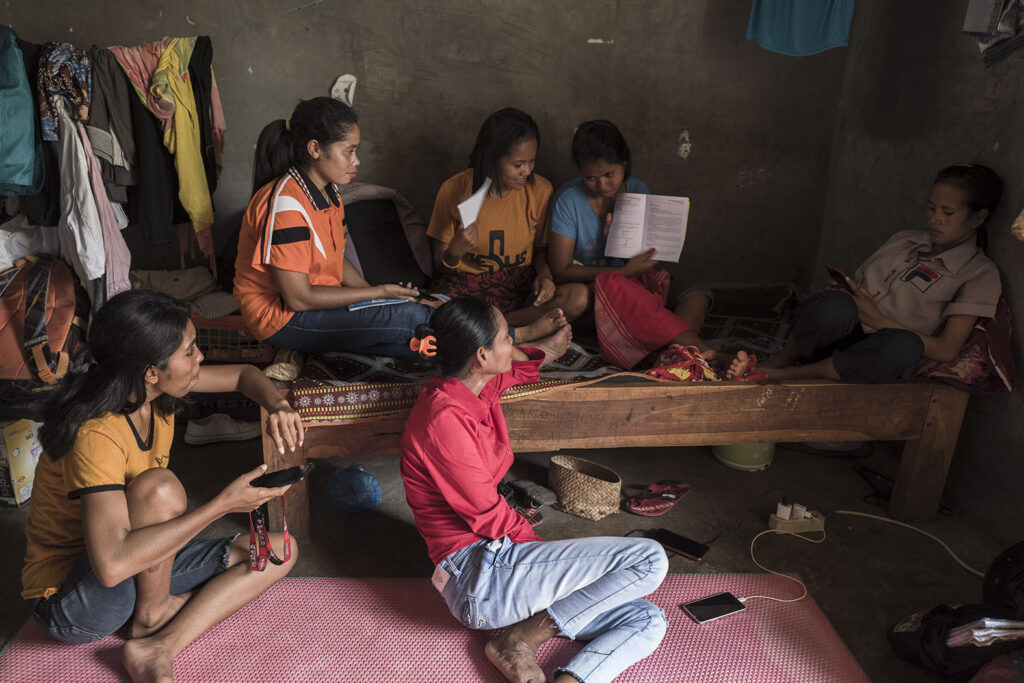
An estimated three to four million people across the world live with the long-term effects of leprosy. In Indonesia alone, more than 17,000 people are newly diagnosed with leprosy each year, ranking third globally after India and Brazil. Although effective treatment is available, leprosy continues to persist, particularly in low-resource areas where access to care is constrained.
In many endemic regions in Indonesia, stigma remains deeply ingrained. Misconceptions and cultural beliefs associate leprosy with sin, shame or misfortune. These perceptions have changed very little since the earliest references to people with leprosy as outcasts.
Visual narrative as engagement tool to address sensitive topics
On the Island of Sumba in Eastern Indonesia, Oxford University Clinical Research Unit (OUCRU) Indonesia, responding to this challenge through research and community engagement to explore the local burden of leprosy and observed how a lack of knowledge led to fear and stigma towards affected people.
In partnership with this community and a photographer, Yoppy Pieter, we used a visual storytelling approach to spotlight the positive aspects of people lives affected by leprosy. This project aimed:
- to explore how we approach this sensitive topic differently in our community and public engagement program addressing knowledge gaps contributed to stigma.
- to enable leprosy affected people frame their own lives by through visual storytelling across various media.
- to shape public perceptions of leprosy, challenge social stigma, and promote greater inclusivity.
Engagement through visual exhibition partnering with community, to bridge the communities to interact, share with the goal of mutual benefit.
- Informed consent and ethical participation. Participants selected pseudonyms, approved the use of their images, and contributed their own written reflections. We used inclusive naming for participants as people living with leprosy rather than patients, in order to centre the person beyond the condition.
- Co-curated in-person exhibitions in Jakarta and Malang, attended by over 700 visitors. Several photographs were printed on transparent fabric, representing the often-unseen weight of stigma and reflected the strength of those whose stories were told. Online exhibition available www.invisibleburdenofleprosy.com to extend the access to audiences beyond the region accross the world.
- Promotional awareness co-created with the leprosy scientist and non-scientist disseminated on digital media platforms, during significant public health moments, including World Leprosy Day and World Neglected Tropical Diseases Day, to reach more diverse audiences who may not engage with the topic.
“People with leprosy develop physical disabilities, often feelings of seclusion and separation as effect of the disease. Yet, he continues to contribute to his community by helping with rice cultivation in the fields. His portrait reflects a deep sense of resilience, social connection and solidarity”
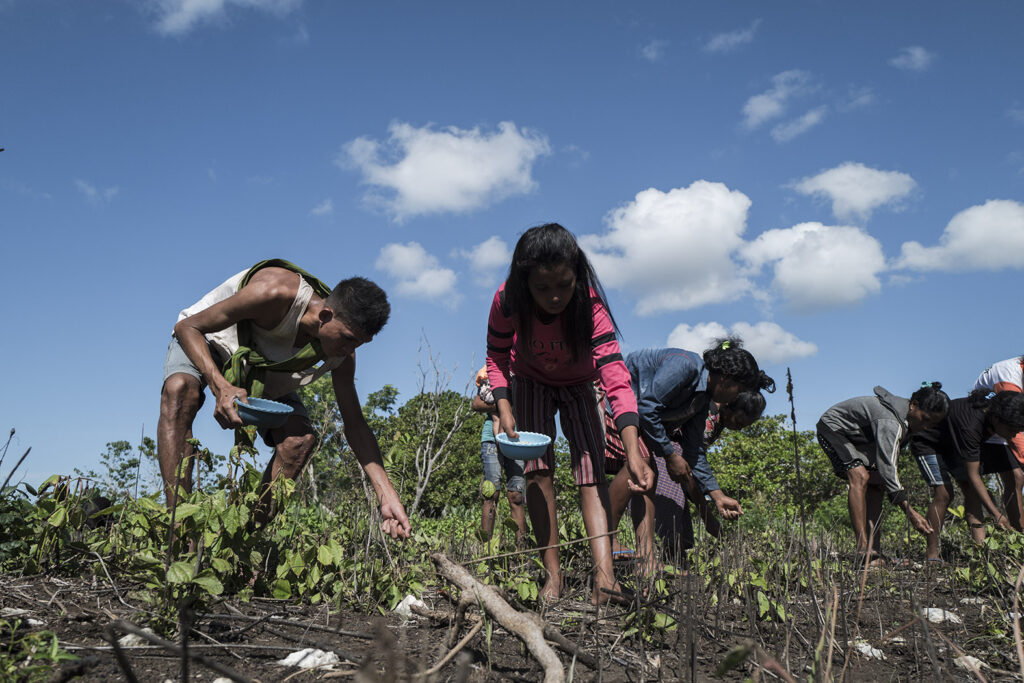
Impact of framing positive narrative: shifting public perception
Visitors found the photo stories powerful, moving, and informative, evoking a strong sense of humanity and hope. In particular, many shared they had never encountered people with leprosy before. Nevertheless, the stories felt intimate and alive.
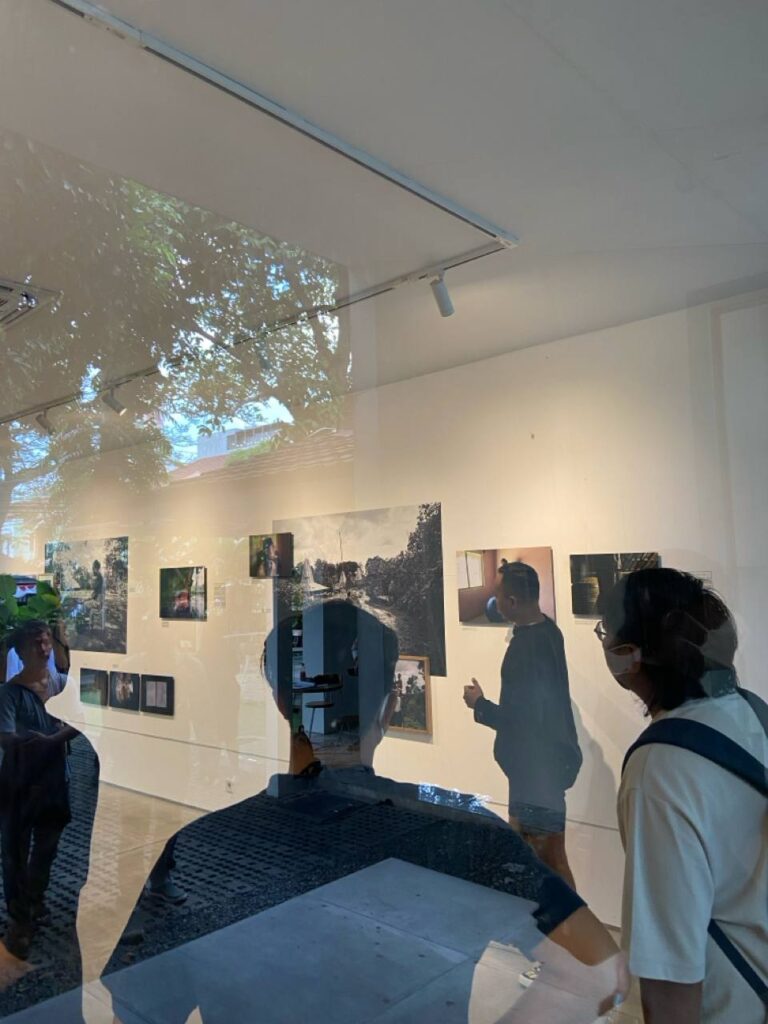
Reflections from visitors show that our different approach has succeeded
‘The photo is bold and full of hope, beauty behind sorrow and with all her limitations, she was still motivated to continue her education.’
‘The photo captured her resilience, strength of character and fighting spirit.’
‘The photo was both moving and unsettling, conveying a deep sense of humanity and optimism.’
This embedded engagement research project shows that visual storytelling is a powerful participatory method for fostering meaningful dialogue with communities. By centring the voices of affected individuals, it helps challenge stigma and promote social inclusion. Ethical, image-based engagement complements medical interventions and strengthens inclusive health communication strategies in culturally sensitive contexts like Indonesia.
For more information poster can be accessed below:
Interested in collaborating on public and community engagement in health research? Contact PCE_Indonesia@oucru.org to explore partnership opportunities.



